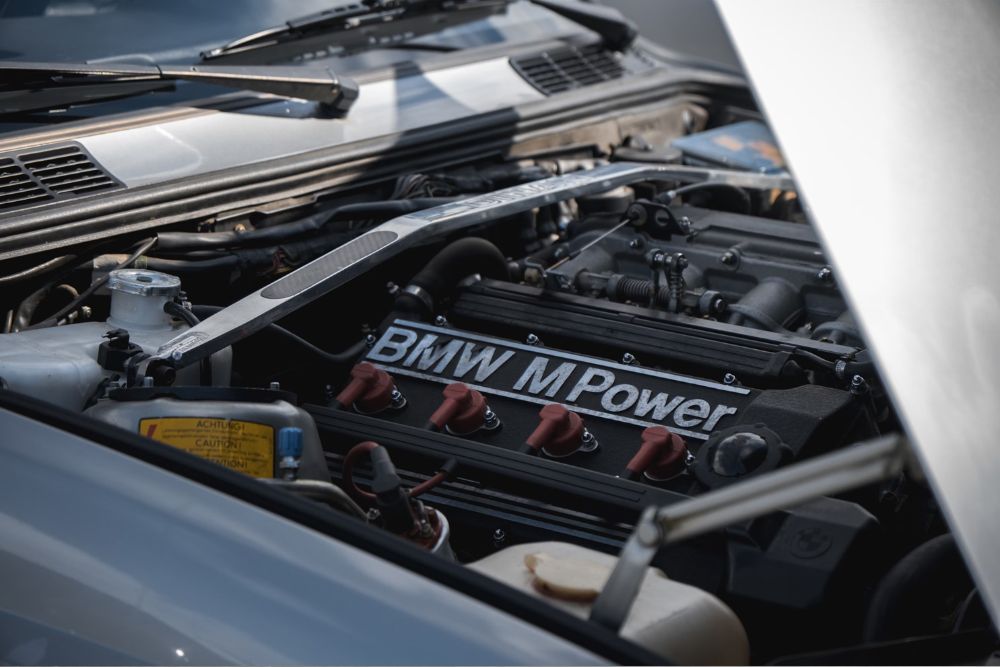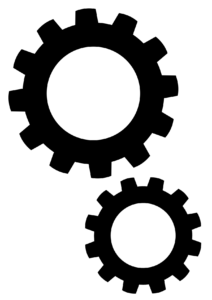
Knowing the engine type in your BMW is essential for maintenance, repairs, and optimising its performance.
Whether you’re checking for upgrades, replacement parts, or simply trying to understand your vehicle better, identifying the engine model is straightforward with the right approach.
In this article, we will guide you step-by-step to find your BMW’s engine type and provide additional insights into decoding the information.
Check Your Vehicle Identification Number (VIN)
The Vehicle Identification Number (VIN) is a 17-character code unique to your BMW. It contains crucial information about your vehicle, including the engine type.
The VIN can usually be found on:
- The driver’s side dashboard, visible through the windshield.
- Inside the driver’s side door jamb.
- Your registration or insurance documents.
Once located, focus on the 4th to 8th characters of the VIN. These characters often reveal the engine code. For example, a VIN with “N54” might indicate a turbocharged 3.0-litre inline-six engine. You can cross-reference this with BMW’s VIN decoding tools.
Look at the Engine Cover
The engine cover is a quick and easy way to point you in the right direction in terms of your BMW’s engine. Modern BMWs often have the engine type printed directly on the cover. For example, you might see “TwinPower Turbo” for newer models or specific designations like “M Performance.”
If the cover doesn’t provide enough information, check for additional markings or stickers that indicate the engine’s displacement and specifications. Be careful when handling the engine area; ensure the car is turned off and cooled down before inspecting under the hood.
Refer to the Owner’s Manual
Your BMW’s owner’s manual is a valuable resource for identifying the engine type. It includes detailed specifications about the vehicle, including the exact engine model, displacement, and configuration.
If you’ve misplaced your manual, many BMW manuals are available online through BMW’s official website or third-party resources. Ensure you use a reputable source to avoid incorrect information.
Use BMW’s Online Tools or Apps
BMW provides online tools and apps that allow you to input your VIN or registration number to retrieve detailed vehicle information. These tools can provide specifics about the engine, including:
- Engine model.
- Displacement (e.g., 2.0-litre, 3.0-litre).
- Power output and specifications.
These digital resources are particularly useful for owners of modern BMW models, where precise information is necessary for repairs or upgrades.
Decode the Engine Code Directly
BMW engine codes are often stamped or engraved on the engine block itself. These codes typically include letters and numbers that indicate the engine series, configuration, and displacement.
For example:
- M20B25: A 2.5-litre inline-six engine from the M20 series.
- N55B30: A turbocharged 3.0-litre inline-six engine from the N55 series.
Locating the engine code requires careful inspection. Common places to find this include the front of the engine block or near the cylinder head. If you’re unsure how to access this area, consider visiting a BMW specialist for expert help.
Additional Tips for Identifying Your BMW’s Engine
If the steps above don’t yield results, here are a few more tips:
- Check maintenance or service records. Previous repair invoices often mention the engine type.
- Contact BMW directly or visit a local BMW dealership with your VIN or registration details.
- Look for online forums or communities where BMW enthusiasts can help decode specific details about your vehicle.
Need Help Identifying Your BMW’s Engine?
As an independent BMW service centre in Auckland, we at Dodson specialises in helping BMW owners with all aspects of vehicle care, including engine identification and maintenance. Our team is equipped with the expertise and tools needed to decode your BMW’s engine details accurately. Give us a call on 09 441 3635.

 Looking for Dual Clutch transmission components outside of New Zealand?
Looking for Dual Clutch transmission components outside of New Zealand?